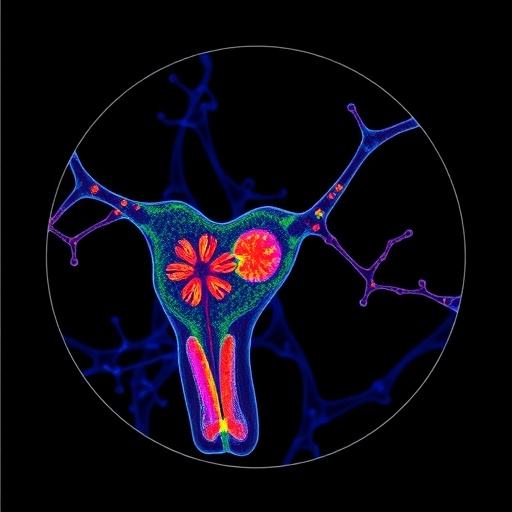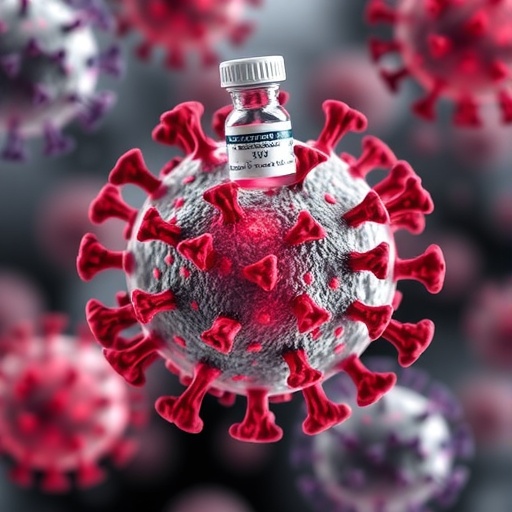
Researchers at the Hebrew University of Jerusalem have pioneered a groundbreaking blood test that could fundamentally change the landscape of early diagnosis for Parkinson’s disease. This test is not merely an incremental advancement but a transformative tool that promises to detect the neurodegenerative disorder long before its symptoms manifest, thereby offering hope for timely interventions that could potentially alter the disease’s trajectory. Comparatively, the current state of neurodegenerative disease diagnosis has been likened to the challenges faced in cancer diagnostics over fifty years ago, during which many cases were unfortunately recognized only when substantial damage had already occurred.
The study, which has been published in the esteemed journal Aging Nature, was spearheaded by PhD student Nimrod Madrer, under the guidance of Professor Hermona Soreq at The Edmond and Lily Safra Center for Brain Sciences, alongside collaborative support from Dr. Iddo Paldor of Shaare Zedek Medical Center and Dr. Eyal Soreq from the University of Surrey and Imperial College London. Their collaborative efforts have resulted in a novel methodology that employs the analysis of transfer RNA fragments (tRFs) specifically linked to Parkinson’s disease.
Transfer RNA fragments, traditionally overlooked in the realm of Parkinson’s research, are small RNA molecules that could play a crucial role in revealing significant physiological changes associated with neurodegeneration. The researchers have pinpointed two pivotal biomarkers: a notable increase in specific tRFs known as RGTTCRA-tRFs, which indicative of Parkinson’s, coupled with a consequential decrease in mitochondrial tRFs (MT-tRFs). This dual focus enables the new diagnostic tool to achieve remarkable accuracy in distinguishing pre-symptomatic patients from healthy individuals, far surpassing the capabilities of existing clinical methods.
The innovation lies in measuring the precise ratio of these RNA fragments. By doing so, the test offers a non-invasive and cost-effective solution, representing a significant leap forward in the quest for early diagnosis. The simplicity of the dual quantitative polymerase chain reaction (qPCR) assay employed in this test makes it accessible for implementation across a variety of healthcare contexts, a vital factor when considering how to scale such innovative diagnostics to the wider population.
The researchers utilized samples from multiple international cohorts in their trials, including contributions from the Parkinson’s Progression Markers Initiative, ultimately achieving a diagnostic accuracy score of 0.86. This level of precision is particularly noteworthy, as it highlights the potential to address the current diagnostic shortcomings in the identification of Parkinson’s disease. The implications of being able to catch the disease earlier are profound, not only for individual patient outcomes but also for the broader healthcare landscape, where proactive treatment could alleviate future burdens.
Prof. Hermona Soreq expressed the significance of this study, emphasizing that it marks a major advancement in the understanding of Parkinson’s disease. Through the lens of RNA research, this work reveals intricate molecular changes occurring during the earliest stages of the disease, thus reshaping how researchers and clinicians might understand the pathophysiology of neurodegeneration.
Lead researcher Nimrod Madrer underlined the critical importance of early detection, noting that traditional methods often diagnose Parkinson’s disease only after irreversible damage has ensued. The introduction of this blood test heralds an era where uncertainty surrounding the disease is diminished for both patients and clinicians. With a reliable and rapid diagnostic method now available, the prospect of recognizing Parkinson’s disease during its nascent stages becomes increasingly tangible.
In addition to its diagnostic capabilities, preliminary findings have indicated that RGTTCRA-tRF levels can potentially decrease following therapeutic interventions, such as deep brain stimulation. This relationship further establishes the relevance of these RNA fragments not just as biomarkers but also as potential pivots toward understanding treatment responses and disease mechanisms.
The study has been filed under US Provisional Patent Applications, highlighting its innovative nature and the future potential for widespread clinical application. With large-scale trials aimed at validating the test and its applicability in day-to-day medical practice already in motion, this research embodies a significant stride in the ongoing fight against Parkinson’s disease.
As the research community and healthcare providers look forward, the implications of this diagnostic advancement offer renewed optimism for millions who face this debilitating condition worldwide. The potential to intervene earlier offers a glimpse into a future where patients are empowered with knowledge about their health much sooner, enabling more effective management and improved life quality.
In conclusion, the introduction of this revolutionary blood test not only underscores a landmark achievement in neuroscience but also symbolizes a beacon of hope for early diagnosis and management of Parkinson’s disease. By building on the understanding of RNA biology and disease mechanisms, researchers are laying the groundwork for more precise, personalized healthcare strategies that could transform lives.
Subject of Research: People
Article Title: Pre-symptomatic Parkinson’s disease blood test quantifying repetitive sequence motifs in transfer RNA fragments
News Publication Date: 11-Apr-2025
Web References: DOI: 10.1038/s43587-025-00851-z
Keywords: Parkinson’s disease, blood test, neurodegenerative diseases, RNA fragments, early diagnosis, healthcare innovation, mitochondrial RNA, transfer RNA fragments, qPCR assay, molecular biology.
Tags: Aging Nature journal publicationcollaborative research in brain sciencesearly detection of Parkinson’s diseasegroundbreaking research in Parkinson’s diagnosisHebrew University of Jerusalem Parkinson’s studyhope for Parkinson’s disease patientsinnovative methodologies in medical diagnosticsneurodegenerative disease diagnosis advancementsRNA blood test for neurodegenerative disorderstimely interventions for Parkinson’s diseasetransfer RNA fragments and Parkinson’s diseasetransformative tools for early diagnosis





